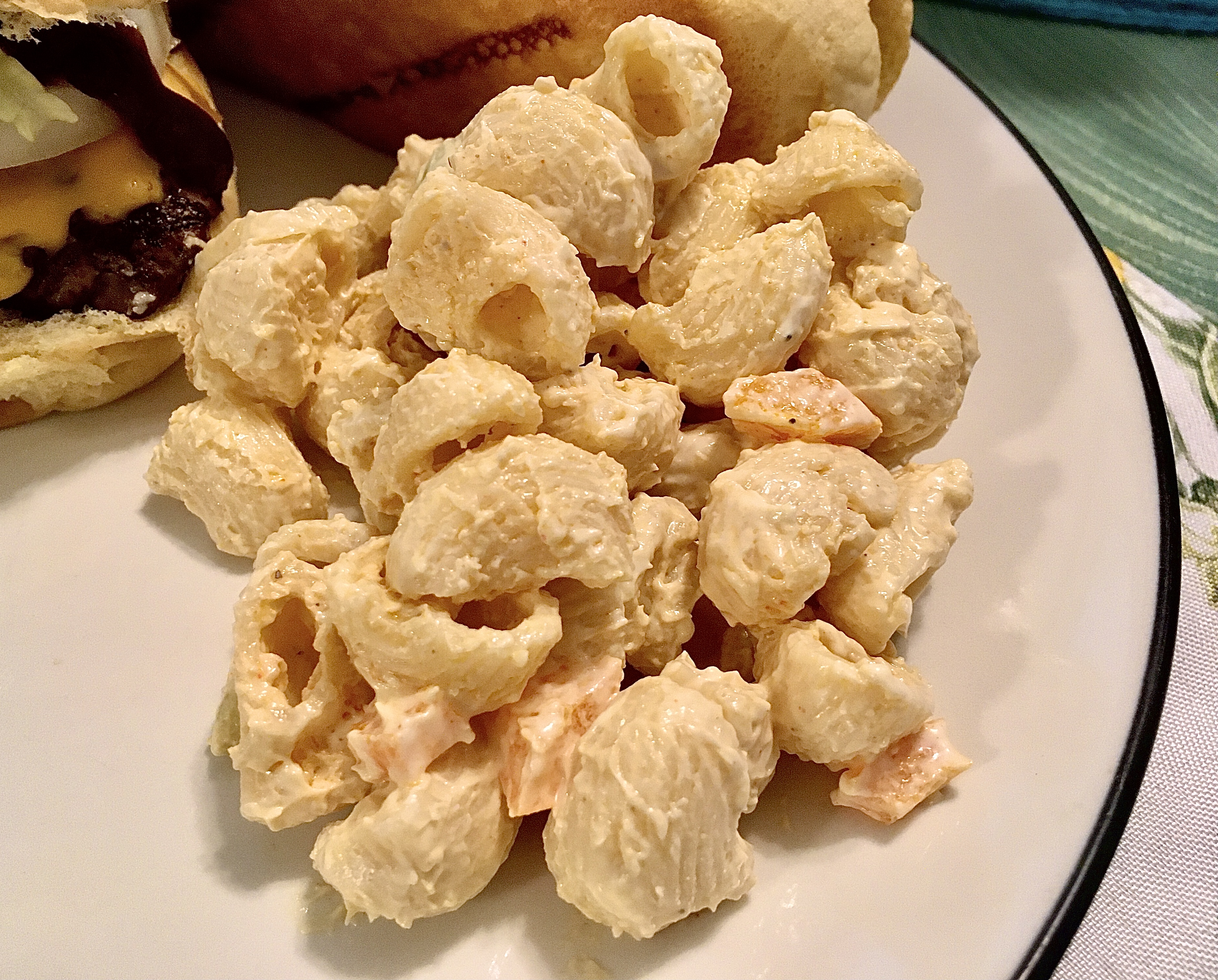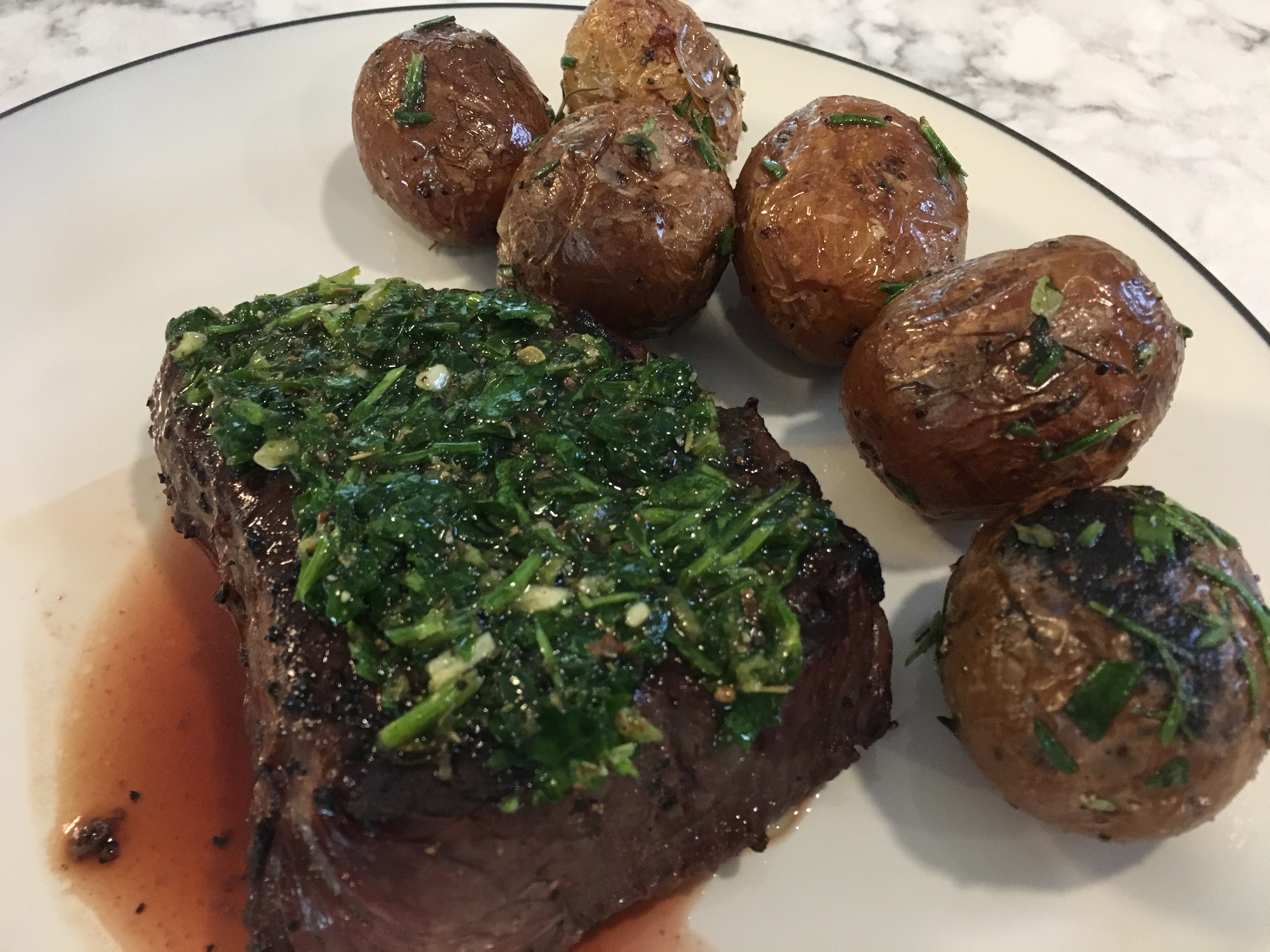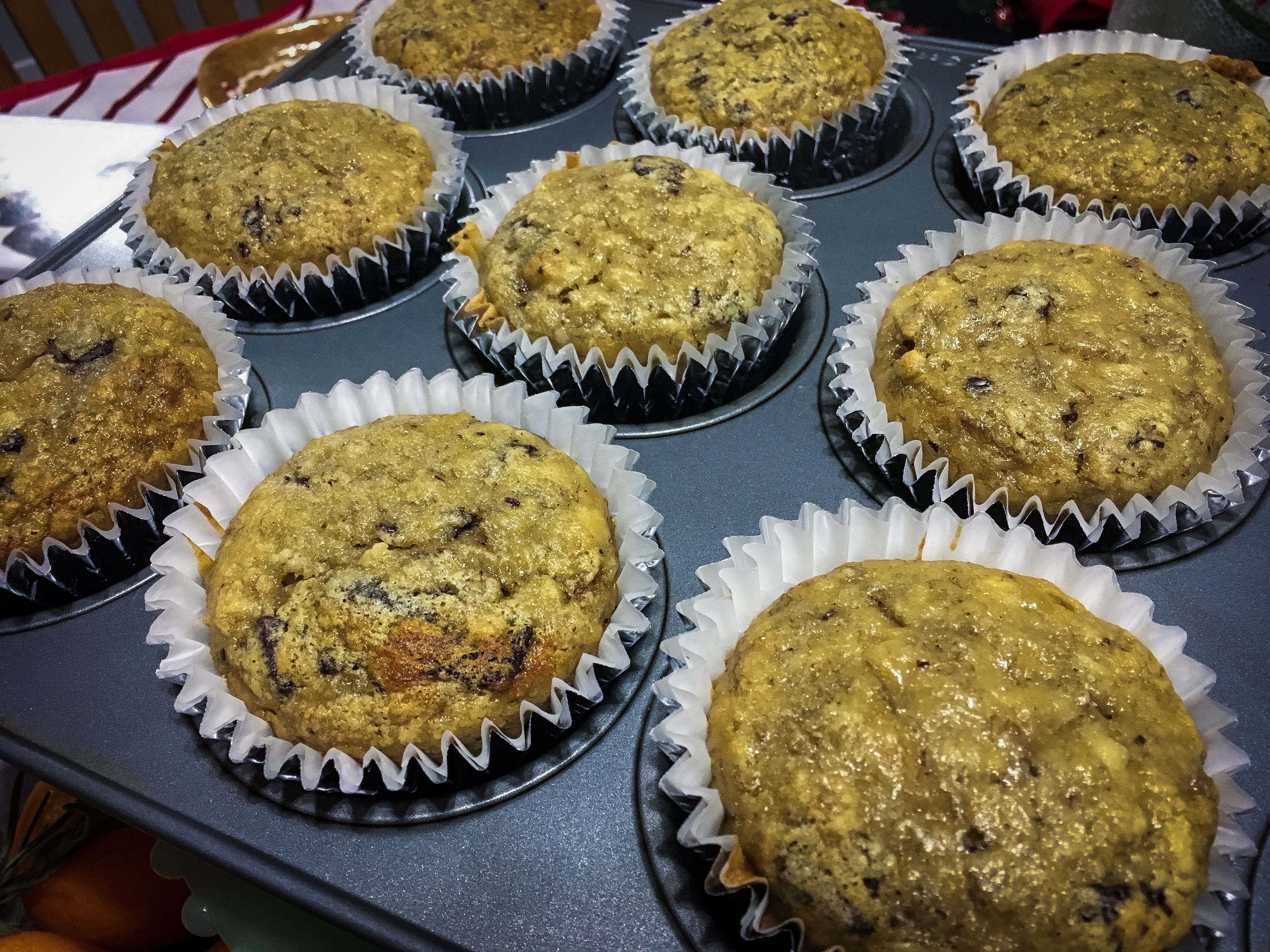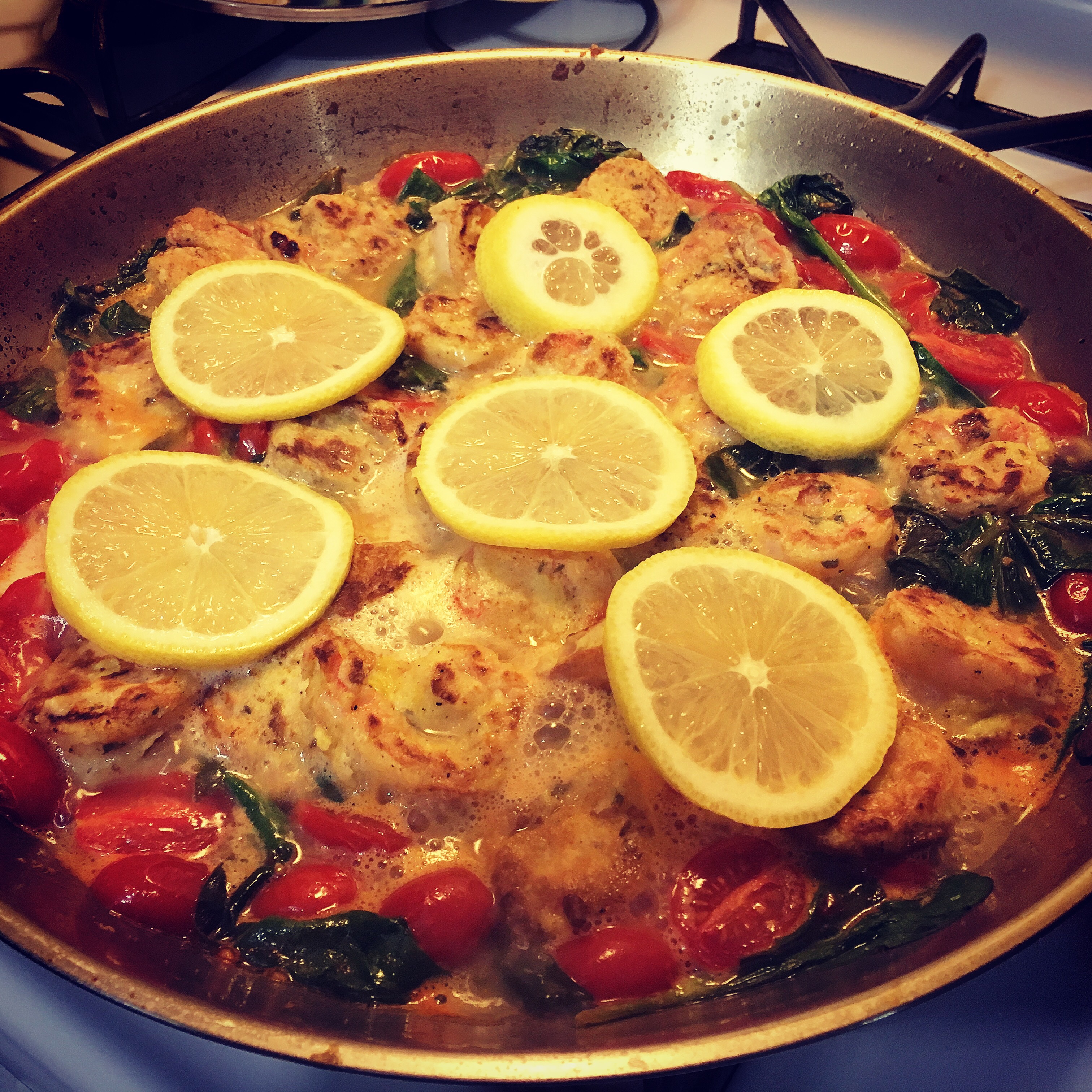With summer in view and the smell of burgers and hot dogs fresh off the grill in the air, it’s time to visit one of my favorite dishes to accompany those delectable savory summer treats: macaroni salad!
Yes–macaroni salad. You can load your protein with all the flavor in the world and the best part about a nice, cold & creamy macaroni salad is the way it instantly cools whatever you eat. Spicy food? Macaroni salad. Too much acid with ketchup or mustard? Macaroni salad. You haven’t let the meat cool down enough before you bit into it? Again, macaroni salad.
Now I have spent literal YEARS on trying to perfect the combo. Whether it be trying more of an Italian dressing style (regular and creamy, I have tried them both) or even cutting the mayo with other tasty ingredients, no two salads have been the same. I have varied up the ingredients with carrots, black olives, celery, various types of peppers and onions, even deli meat. What’s best about a decent macaroni salad is you get to experiment with whatever you have on hand to throw in–it’s hard to go wrong if you stick to the basics!
And last month as I was starting to experiment again with my tried and true summer side dish I finally had an epiphany….and got to work on what I would consider my ultimate macaroni salad. I have found that mayonnaise works best as a base in this, but it always needs a little kick. So while I have cut my mayonnaise with sour cream to provide an even creamier texture, I found that also adding some Dijon mustard is an easy way to punch up the flavor. And to make sure that the Dijon doesn’t overpower the mixture too much, also make sure to add in a pinch or two of sugar. A little bit of sweetness goes a long way and will bring out the savory and cut the bite.
Also super important–make sure to make more of your dressing mixture right before you serve! Pasta loves to soak up all the dressing when you first make it and set it to cool in the fridge, so you will always need to make sure you have more dressing to add right before you serve it. If you add enough that second time, you won’t need to add more later for leftovers. Also, if you’re like me, you’ll be snacking on a bowl of leftovers at some point during the week. And as always, enjoy!

Jenn’s Awesome Macaroni Salad
One box macaroni, cooked “al dente” (I prefer elbows, pipette, or medium shells–something that your dressing can really cling to!)
1 bell pepper (preferably red, orange, or yellow), diced
1/2 red onion, diced
2-3 stalks of celery, cleaned and diced
For the dressing (for initial application):
1 – 1 1/2 cups mayonnaise
1/4 – 1/2 cup Dijon mustard (depending on how much you like it)
1/2 cup sour cream
1-2 liberal pinches of sugar
1 tsp smoked paprika, plus extra for garnish
1/4 tsp black pepper
1/2 tsp garlic powder
1/2 tsp onion powder
- While pasta is cooking and all fresh ingredients are chopped, mix together all ingredients for the dressing and stir thoroughly. Dressing should be nice and smooth with a looseness to it so it can coat the pasta.
- When pasta is done, drain and rinse thoroughly with cold water to stop cook.
- As pasta continues to drain, pour a little bit of dressing mixture into container, then add drained pasta and fresh ingredients to bowl, covering with remainder of mixture. Toss well and cover. Refrigerate for at least 4-6 hours.
- When ready to serve, if more dressing is needed, create dressing with only mayonnaise, Dijon, sour cream, and sugar. Can make less than original application but try to keep ratio.
- Once ready to serve, garnish with some more paprika over top. Enjoy.
Makes 8-10 servings







